
Kendo (Japanese swordsmanship) is a martial art based on swordsmanship. This direction traces its history from the traditional techniques of samurai swordsmanship. Surprisingly, for a long time the sword was not used as the main weapon of the samurai. It was used solely for the purpose of self-defense, when the main weapon of the samurai warrior was absent.
Stages of development and formation of kendo
If you follow historical references, then for the first time they started talking about such a martial art in the 10-11th century. At that time, Emperor Kammu created and personally led the training camp, which was located in the capital Kyoto. In this camp, future samurai learned to wield a sword, invent secret techniques and honed their psychological stamina. Mass competitions were held in the camp every year.
For several centuries, the martial art of kendo developed at an active pace, but a turning point occurred in the 15th century. During this period, the legend of kendo, Miyamoto Musashiya, was born. He was the best swordsman: on his account not a single defeat. His main principle in combat is to make the opponent believe in his weakness. At the same time, samurai could only officially carry swords, which means fencing was raised to a new level.
In 1895, the official name "kendo" appeared. The first part of the word means "sword", and the second - "art". Thus, at the end of the 19th century, a special system of education for young people was created in Japan in the spirit of the best traditions of the samurai.
The main goals of the martial art of kendo
This martial art is based on three key principles:
strong character and fortitude;
respect for people;
strengthening the physical body of a warrior.
These were the main goals and objectives at the same time. All this was achieved through regular training and personal desire to improve. During training, the student had to fully concentrate on his body. He demanded the utmost care and dedication.
In the practice of kendo, a technique such as "kata" was often used. This is a fight between student and teacher. At the same time, both warriors in this duel are without a protective suit.
Warrior equipment
The equipment of a warrior consists of the following key elements:
men: special protection for the head;
tare: body protection;
kote: protection for arms and shoulders.
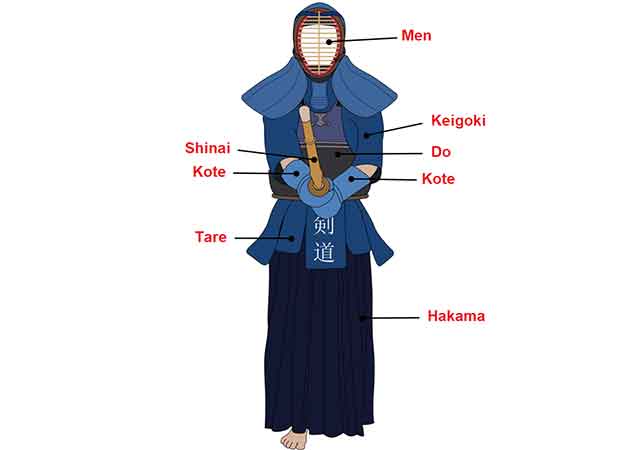
Regarding the main weapon of battle, for many centuries wooden swords were used, which often inflicted severe injuries on fighters. From the beginning of the 18th century, bamboo swords - shinai - began to be used in fencing. They were less traumatic and consisted of 4 bamboo strips, which were fastened together with pieces of leather and rope. But the length of the sword is different. It all depends on the age of the warrior. If a warrior is 10-14 years old, then the shinai is 109 cm long, and at the age of 14-16 years, the sword is 112 cm long. After reaching the age of 18, the length of the sword increased to 118cm.
The sword in the hands of a samurai was considered not only as a combat weapon, but also as a means of internal education.
Attacks in kendo: types
How did the warriors compete with each other, having a sword in their hands? There are two types of attacks in kendo:
chopping: sword strikes in areas such as the crown, arms, head, torso;
stabbing: blows exclusively to the throat.
The warrior had no right to make a mistake. The mistake could have cost him his life.
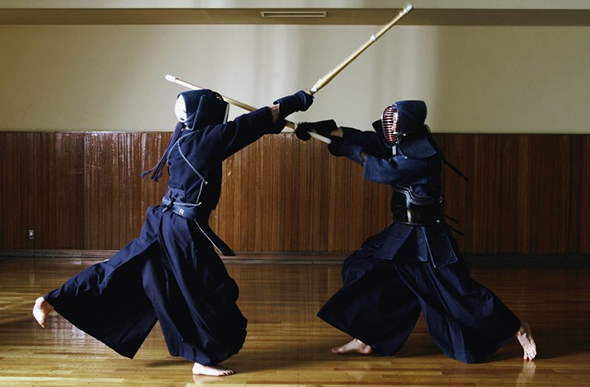
Kendo today
Nowadays kendo is also very popular. In the context of modernity, it is no longer seen as a unique technique of fencing with a sword, but as an art of special spiritual education and development in students of a strong spirit of a warrior, fortitude of his character.
In training, a classic bamboo shinai sword and special equipment in black or white are used.
See also
-
Kanazawa Castle

Construction of Kanazawa Castle began in 1580 on the orders of Sakuma Morimasa, a vassal of Oda Nobunaga. The castle was built on the site of the Ikko-ikki sect's Oyama Gobo temple, which is why it is sometimes called Oyama Castle. Morimasa managed to build several moats and begin construction of a castle town. However, after his defeat at the Battle of Shizugatake in 1583, he was executed, and ownership of the castle passed to Maeda Toshiie (1538–1599).
-
Nakatsu Castle
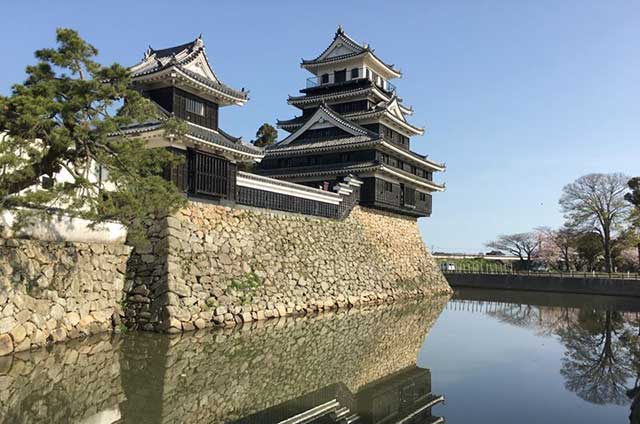
Kuroda Yoshitaka (1546–1604) was one of the closest advisors to the legendary military commander Toyotomi Hideyoshi. He took part in key military campaigns of the late 16th century, including the campaign against Shikoku in 1585 and the campaign against Kyushu in 1587. Later, during the second campaign in Korea, Yoshitaka served as chief advisor to the commander of the invasion forces, Kobayakawa Hideaki. After Hideyoshi's death, he swore allegiance to Tokugawa Ieyasu, thereby securing his influence and patronage under Japan's new leader.
-
Edo Castle
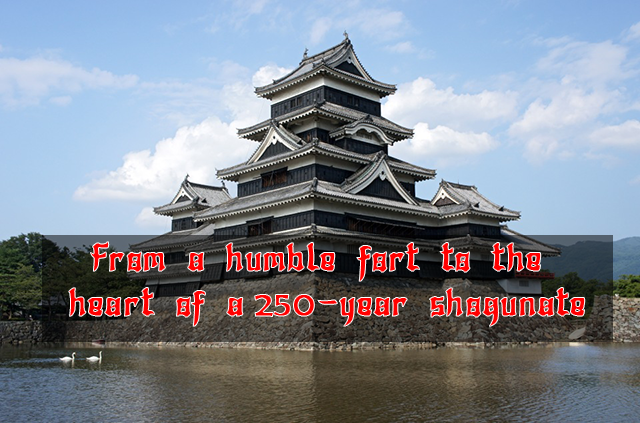
The history of Edo Castle dates back to the Heian period, when the Edo clan built a small fort on this site. In 1457, the vassal of the Uesugi clan, Ota Dokan (1432–1486), constructed a full-scale castle here. Internal conflicts weakened the Uesugi clan, and in 1524, Ota Dokan’s grandson, Ota Yasutaka, surrendered the castle without resistance to the forces of Hojo Soun, the ambitious leader of the Hojo clan. While Odawara Castle remained the clan's main stronghold, Edo was considered a key strategic fortress.
-
Samurai Museum Shinjuku
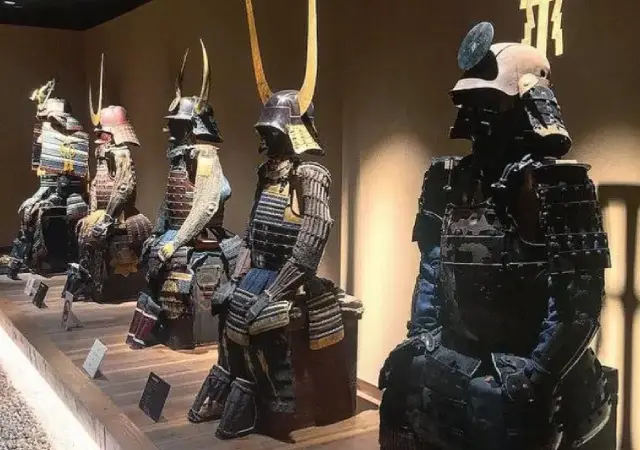
Situated in the vibrant district of Shinjuku, the museum showcases an extensive collection of samurai armor, weapons, and cultural artifacts spanning from the Kamakura to the Edo period. The exhibits aim to convey the samurai's unwavering commitment to honor and discipline, reflecting how their spirit continues to influence modern Japanese culture.
-
Anjo Castle
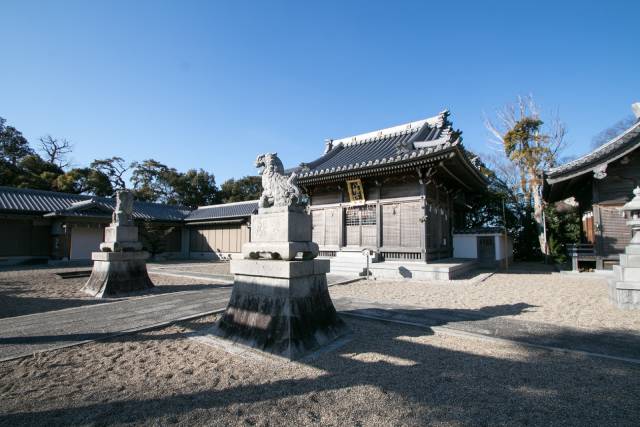
Anjo Castle was built on a slight elevation at the edge of the Hekikai Plateau, about 2 kilometers southeast of present-day central Anjo City in Aichi Prefecture. Today, the surrounding area thrives on large-scale agriculture and automotive manufacturing, utilizing the expansive flatlands and its proximity to the Nagoya region.
-
Numata Castle
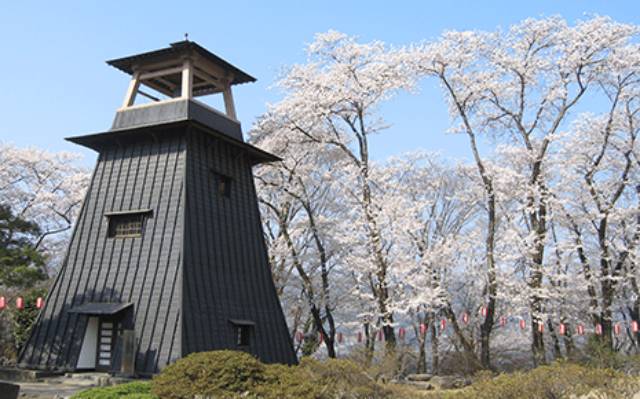
Numata Castle, located in Numata, northern Gunma Prefecture, Japan, has a rich and complex history. During the late Edo period, it served as the residence of the Toki clan, who ruled the Numata Domain. Over the centuries, the castle changed hands multiple times and was the site of significant battles during the Sengoku period.
-
Iwabitsu Castle
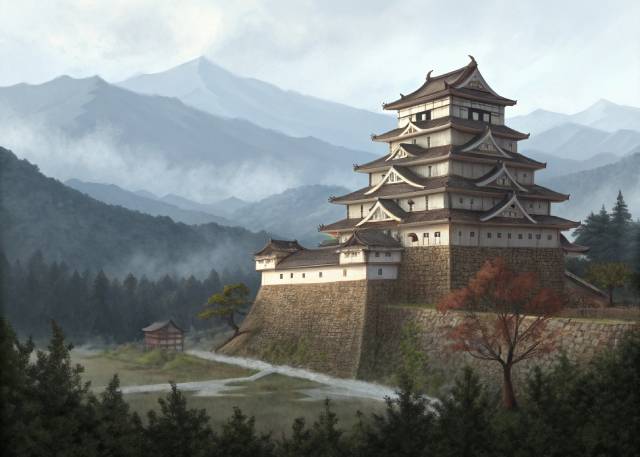
Iwabitsu Castle is a yamashiro-style (mountain) castle located atop Mount Iwabitsu in Higashiagatsuma, Gunma Prefecture, Japan. Recognized for its historical significance, its ruins have been protected as a National Historic Site since 2019.
-
Tsutsujigasaki Castle
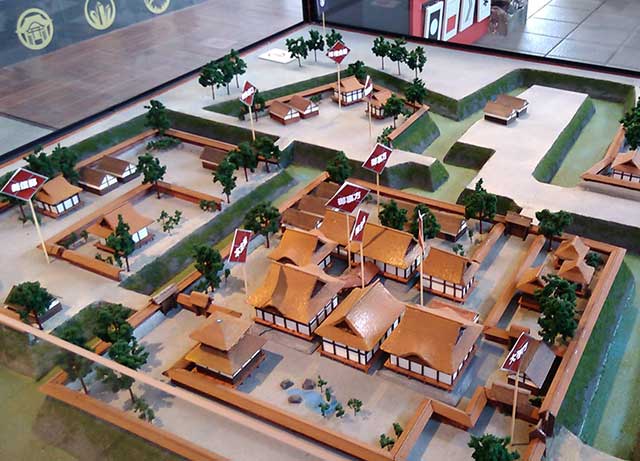
Tsutsujigasaki Castle (Tsutsujigasaki Yakata) served as the fortified residence of the last three generations of the Takeda clan and is located in the heart of Kofu, Yamanashi Prefecture, Japan. Unlike traditional Japanese castles, it was not referred to as a "castle" in Japanese, as the Takeda clan famously believed in relying on their warriors as their true fortifications, stating, "Make men your castle, men your walls, men your moats." Designated a National Historic Site in 1938, the ruins are now open to the public and house the Takeda Shrine, a Shinto shrine dedicated to the deified spirits of the Takeda clan.

